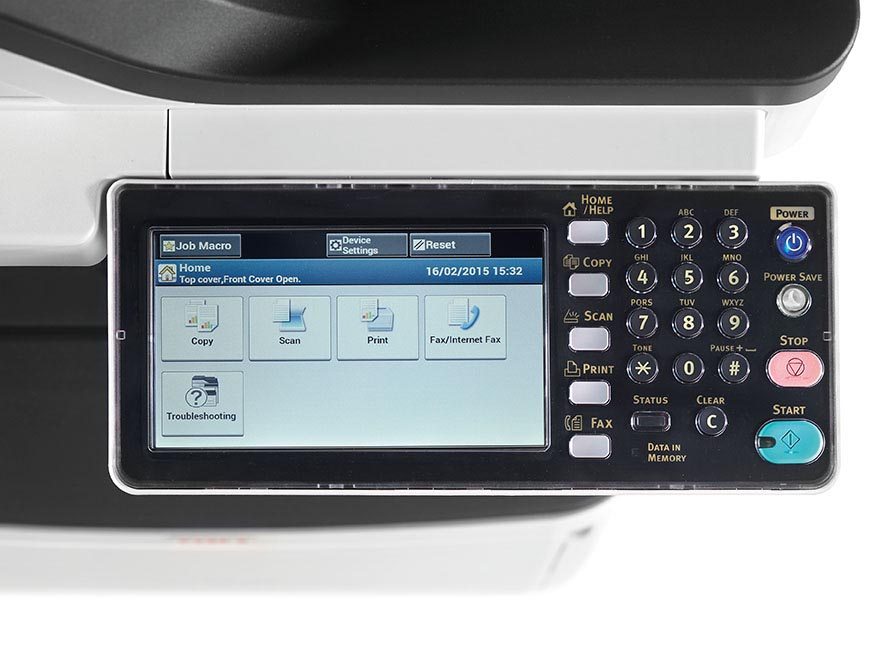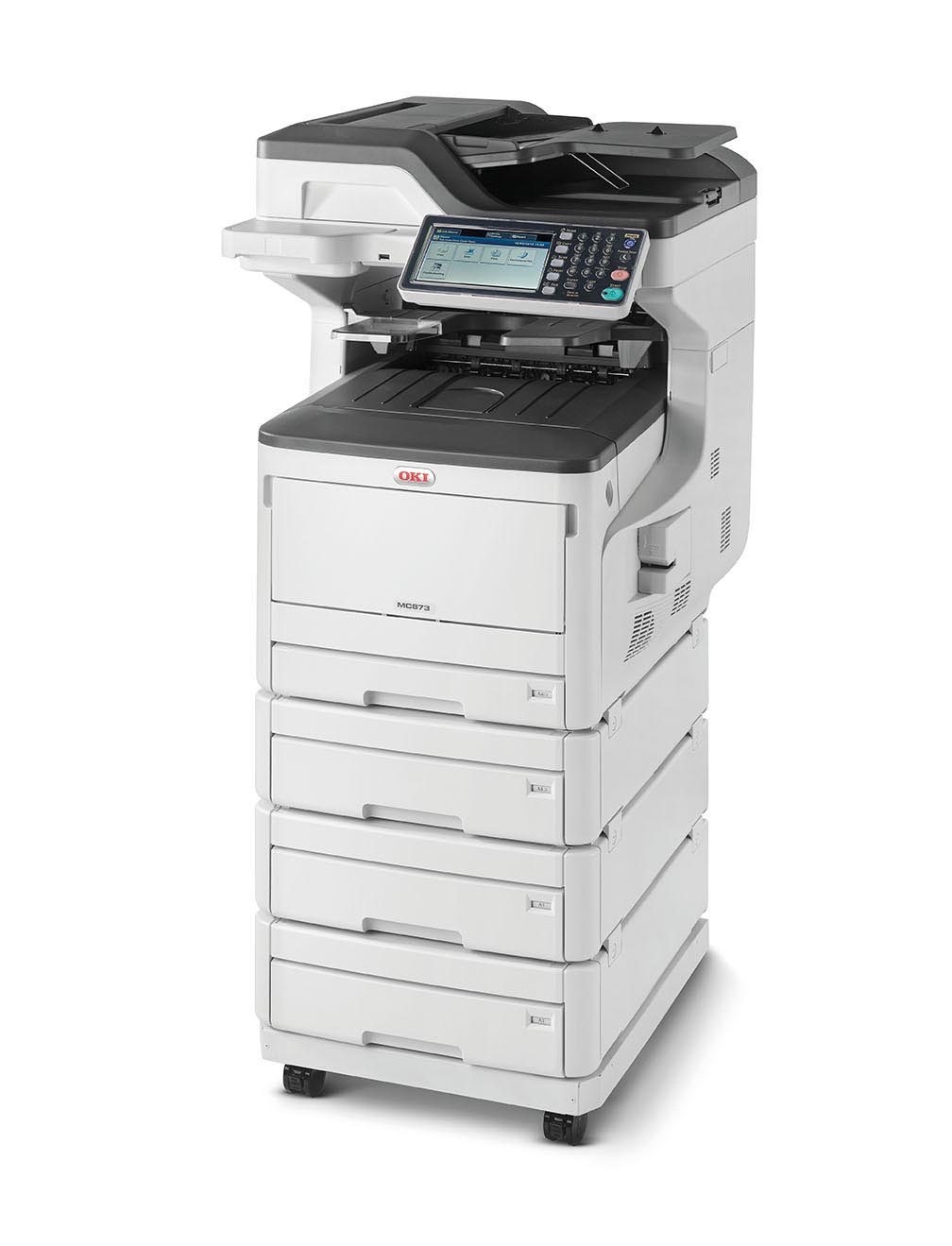By Andrew Hall, marketing manager, OKI Systems UK Ltd
Despite moves to make businesses ‘digital by default’ and targets to ‘go paperless’; it is quite likely that most companies need to progress through various hybrid states before reaching the ultimate goal. For some it may be impossible to eliminate the use of paper all together. There will always be occasions when hard copies of documents are preferable or even essential – for legal reasons, for example.
However, this isn’t an excuse not to tackle excessive use of paper. In the case of businesses, the main driver of ‘paperless’ or a ‘paper-light’ environment is customer invoices. But for other organisations, a paper-saving policy could address issues such as costs, security, space and also environmental concerns.
But, often paper use is out of control. Our evidence shows that many organisations don’t know how much paper they use. Despite high-level targets, at ground level documents are still being printed at a surprising rate. In a recent OKI survey we asked more than 2,000 workers, 92% said that they still print at least one document every day. In fact, 45% still print more than ten pages a day and 15% print more than 50 pages on an average day in the office.
There are many advantages to reassessing the situation and then adopting and managing some form of print strategy. In our poll, only 27% enforced such a policy. Nearly half (47%) admitted to having no such policy whatsoever. Yet developing, communicating and enforcing a print policy can drastically cut paper volumes.
The best way to begin is to implement some simple, but effective, measures such as ensuring that double-sided mono printing is the default option. Beyond this, it may be cost-effective to get expert advice. This needn’t be expensive as, these days, vendors such as OKI offer smart multifunction devices which can handle document management and managed print services which alleviate the pressure on capital expenditure budgets. Everything including advice, supplies, maintenance and support are taken care of by one ongoing monthly payment.
The strategy may involve replacing multiple desktop printers with a smaller number of smart multifunction devices. Older devices tend to waste paper when runs get jammed or there are imperfections in the end result. Consequently, expert advice will help assess the ROI on new models which waste less paper, are energy-efficient and run smoothly.
Many multifunction devices come with an open platform, enabling the customisation of the user interface to integrate all document-related tasks into an organisation’s document workflow. This will enable a paper-free document flow such as scan or fax to email where a scanned image is automatically converted to a PDF so it can be emailed directly to someone’s inbox or to a folder without a paper copy in between.
Working closely with a managed document services provider will help put all these changes in place. When documents and printing are managed more carefully and expertly, paperless becomes less of an issue.















![[VIDEO]Government launches new online appeal service for local planning authorities Group of young coworkers using computers in their group office, representing the new online appeals service](https://www.pbctoday.co.uk/news/wp-content/uploads/2025/12/iStock-2191280160-218x150.jpg)